Ingredient: Green beans
Sep 06, 2011, Updated Mar 08, 2012
This post may contain affiliate links. Please read our disclosure policy.
I took a lot of flak preparing for this week’s post. That’s because the Lebanese green bean stew we are making, known as yahneh or lubieh, is my sister Peggy’s specialty. (yes, another Irish name. No explanation.) And just because my family seeks reasons to tease its members, my sister has taken some flak of her own for being so devoted to this dish. Often the stew is made using leftover meat from chuck roast or holiday prime rib, so it has that leftovers kind of reputation. I recognize this isn’t the best endorsement of a dish to give you. I suspect it’s one of those sister things—if she loves it, I don’t; if I love it, she doesn’t. So when I said I was going to share the recipe with you, Peggy took that as further evidence that it really is just a sister thing, and her love for yahneh is well founded.
The truth is that the stew is absolutely delicious. There. I admit it. My sister will be pleased to have this public record of my taste for yahneh and I will never, ever be able to say, “Maybe, but what else could we make?” when she suggests making it. She likes to claim that I say yahneh is just ok as I’m wiping it off my chin because I’m eating it with such pleasure and abandon. You just wait; I asked her to write something about yahneh along with her recipe for you, and I guarantee she is going to write that very thing. She hasn’t seen that I wrote this and I haven’t seen what she wrote yet, but I know, I just know.
Typically when I cook with green beans I look for haricots verts, very thin, elegant green beans that are tender and sweet. But for yahneh, the larger string beans are flavorful and hearty enough to withstand cooking in the stew’s tomato sauce.
That said, of these larger string beans, select the slimmest of them. When beans get too large, they can be hollow and flavorless.
To trim green beans, line up the stem ends a bunch at a time and cut them with a chef’s knife or scissors. I like to keep the other end, the curly tip, on the bean. It looks great and natural.
Before we get to our stew recipe this week, we’re going to talk about how to best caramelize (brown) the meat. It’ll be a little like the mahogany eggplant: difficult not to eat up all of the delectable meat before making the dish itself. So get your beans and a fresh chuck roast (or pull out that prime rib you happen to have on hand…) and we’ll get cooking.
Oh, and note that this stew can be easily made vegetarian, very versatile.
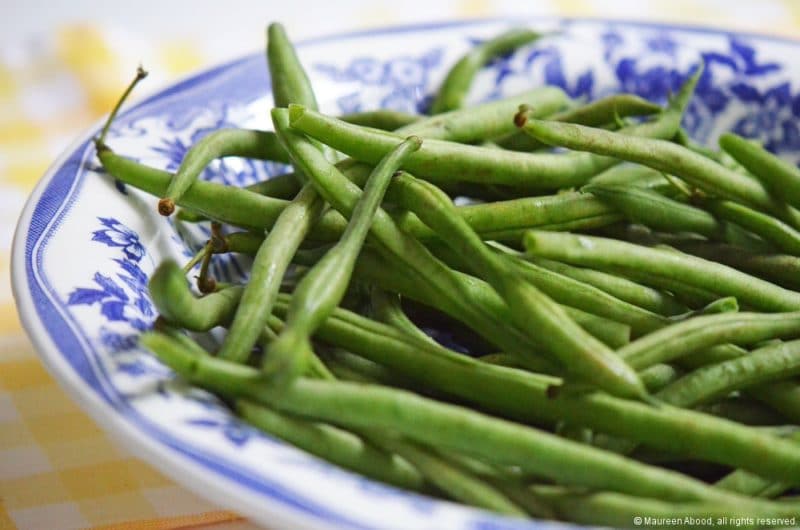
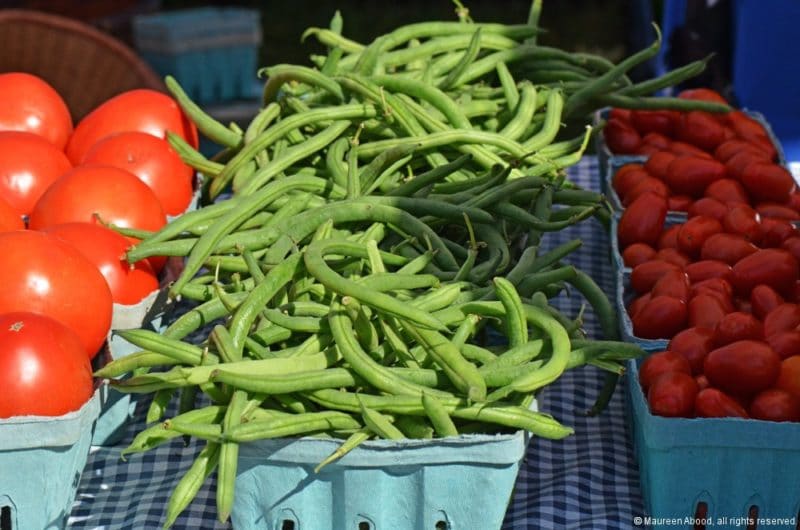
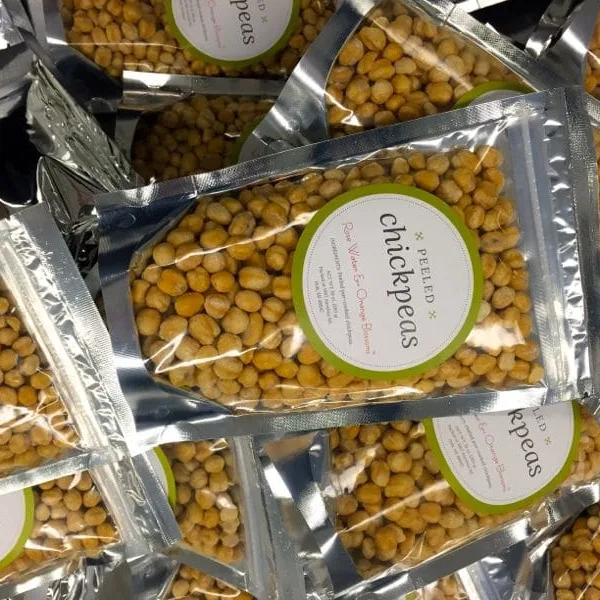

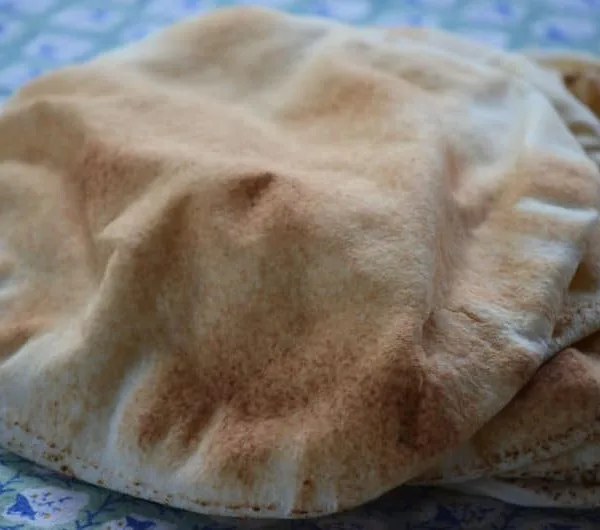
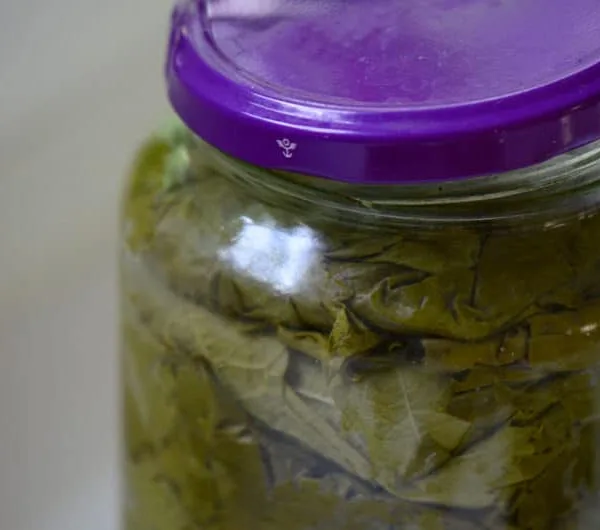







Hi Maureen! Thanks for the link to our site. Your photos are lovely – the one with the apricots on the patterned plate is especially pretty. We look forward to trying out some of your recipes! Thanks for the support – keep cooking! Cheers, Karlin & Jason
Tell your sister Peggy too keep making her specialty. I for one love this dish when my friend Em makes it.
Also, tell Peggy I remember her in my second grade class at View. She was the leader of that class back then!
I make “rooz & yuknee” with leftover chicken or turkey and use frozen peas — one of my nieces uses ground beef!! With the cinnamon and allspice, you can’t go wrong.
Your musings are wonderful as are the photos!! Pam Ogle loves your site!!
Say hi to your mom for me — I knew your daddy when we were little kids growing up in south Lansing –
How beautiful, thank you so much! My mom says hello to you too.